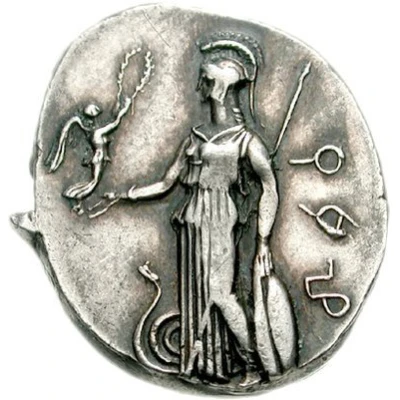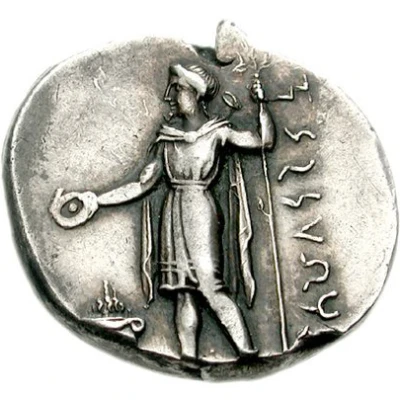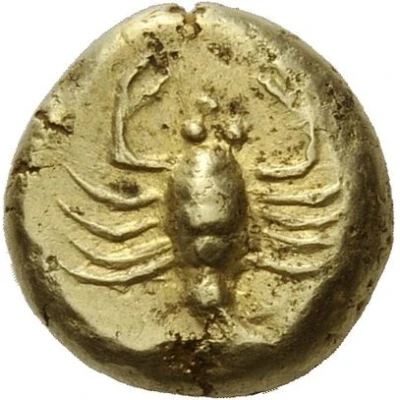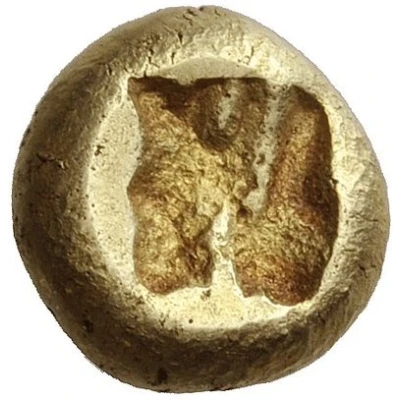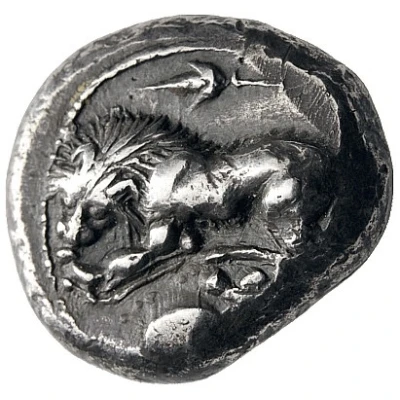
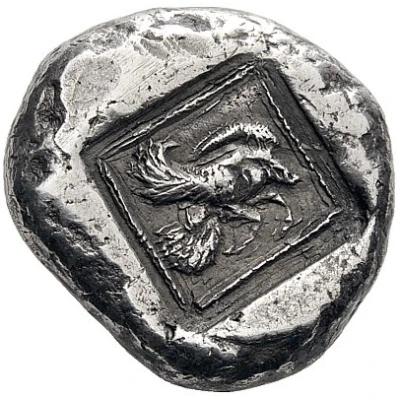

© Nomos AG
Tetradrachm Northern Greece 500 BC - 490 BC
| Silver | 17.16 g | 24.0 mm |
| Issuer | Uncertain Greek city (Greece (ancient)) |
|---|---|
| Type | Standard circulation coin |
| Years | 500 BC - 490 BC |
| Value | Tetradrachm (4) |
| Composition | Silver |
| Weight | 17.16 g |
| Diameter | 24.0 mm |
| Shape | Round (irregular) |
| Technique | Hammered, Incuse |
| Demonetized | Yes |
| Updated | 2024-10-10 |
| Numista | N#185245 |
|---|---|
| Rarity index | 100% |
Reverse
Forepart of a winged wild boar to right. All within a linear square border in an incuse square.
Comment
Comment by Nomos AG:Exactly where this impressive coin was minted remains uncertain, though it seems most likely to be from the Thraco-Macedonian area. The lion on the obverse shares obvious parallels with the well-known electrum staters with the prowling lionesses, which seem to be found solely in Thrace. The way the ornament appears above the lion on the obverse of this coin is very close to the way ornaments appear at Akanthos. Of course the winged boar is well-known from the early coinage of Klazomenai, and the lion also has parallels on the coinage of Kyzikos.
Interesting fact
The Tetradrachm coin was widely used in ancient Greece and was considered a standard unit of currency. It was equivalent to four drachmas, hence its name "tetradrachm," which means "four drachmas" in Greek. The coin was used for both local and international trade and was highly valued for its purity and weight in silver. In fact, the Tetradrachm coin was so widely accepted that it was used as a reference currency for other cities and states in ancient Greece.
